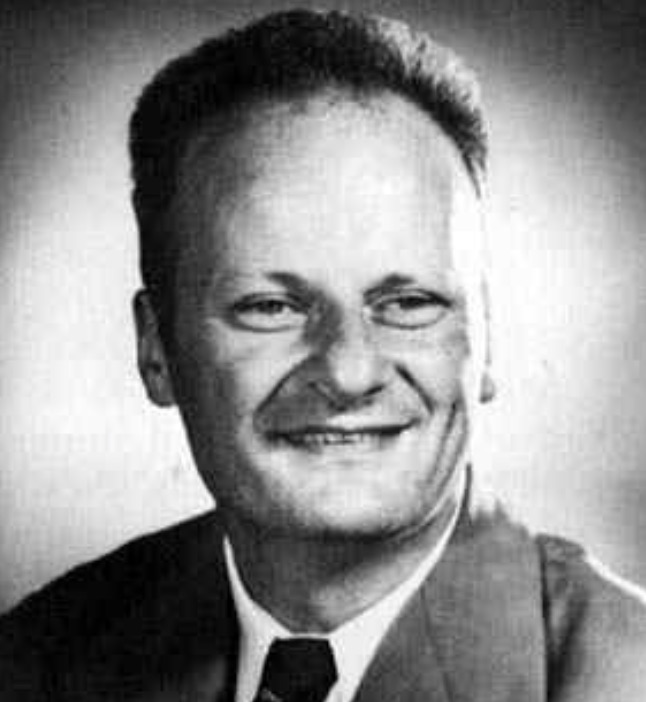
Hans Albrecht Bethe was born on July 2, 1906, in Strasbourg, which was then part of the German Empire. His father, Albrecht, was a Protestant who earned his living as a physician and his mother Ella was of the Lutheran faith, having converted from Judaism. From the age of four, Hans displayed a precociousness that was manifest in his ability to compute square roots. By age five, he had acquired a mastery of fractions and by age seven, was discovering large prime numbers. By the age of fourteen he had learned calculus on his own. Hans’ exceptional abilities extended well beyond mathematics as he filled notebooks with fictional stories, written from left to right and right to left on alternate lines, in the tradition of some of the tablets of Ancient Greece.
In 1924, at the age of 18, Hans graduated from high school and embarked on the study of theoretical physics at the University of Frankfurt and subsequently at the University of Munich, where he completed his Ph.D. on the diffraction of electrons in crystals, under the supervision Arnold Sommerfeld. A Rockefeller Foundation fellowship enabled Hans Bethe to travel to Cambridge in 1929, followed by a visit to Rome where he worked with Enrico Fermi, who would become a colleague a decade later under remarkably different circumstances.
In 1933, the rise of the Nazi regime prompted, Bethe, who was of Jewish descent, to leave Germany for the United States. In 1935, he took an academic appointment at Cornell University, On January 29, 1939, two German chemists, Otto Hahn and Fritz Strassman demonstrated that the nucleus of a uranium atom could be split into parts. Seven months later, Roosevelt received a letter signed by Einstein and other scientists, warning that Germany may be on the brink of developing an atomic bomb and that America must get there first. A month later, World War II exploded in Europe. Shortly after America’s entry into the War, J. Robert Oppenheimer was appointed as head of the Manhattan Project to produce an atomic bomb before Germany.
Oppenheimer sought and recruited the best physicists and engineers for what was to become a Herculean task. Hans Bethe was given a key role in this Project, serving as the head of the Theoretical Division at Los Alamos. In the book, American Prometheus: The Triumph and Tragedy of J. Robert Oppenheimer, the authors, Bird and Sherwin, describe how Bethe interacted with the rising superstar physicist, Richard Feynman:
The 37-year -old Bethe liked to have someone around who was willing to argue with him, and the 25-year-old Feynman loved to argue. When the two of them were together, everyone in their building could hear Feynman yelling, “No, no you’re crazy,” or “That’s nuts!” Bethe would then quietly explain why he was right. Feynman would calm down for a few minutes and then erupt again with “That’s impossible, you’re mad!” Their colleagues soon nicknamed Feynman “The Mosquito” [the light and maneuverable fighter-bomber] and Bethe “The Battleship.”
When Edward Teller and Oppenheimer feared that a nuclear chain reaction might run out of control and incinerate the entire world, Bethe did the calculations to show that the probability of such an occurrence was close to zero. Fortunately, for all of us, he turned out to be correct. In spite of Bethe’s significant contribution to the Manhattan Project, his most celebrated achievement came after the war when he identified what is now called “the Bethe-Weizsäcker cycle” that describes the fusion process in stars like the sun. Hans Albrecht Bethe was awarded the Nobel Prize in Physics in 1967 “for his contributions to the theory of nuclear reactions, especially his discoveries concerning the energy production in stars.”
Hans Bethe died in Ithaca, NY on March 6, 2005 at 98 years of age. Throughout his long career, he made significant contributions to quantum electrodynamics, nuclear physics, solid-state physics, and astrophysics. In his later years, he dedicated himself to promoting peaceful uses of atomic energy and advocating for arms control.
